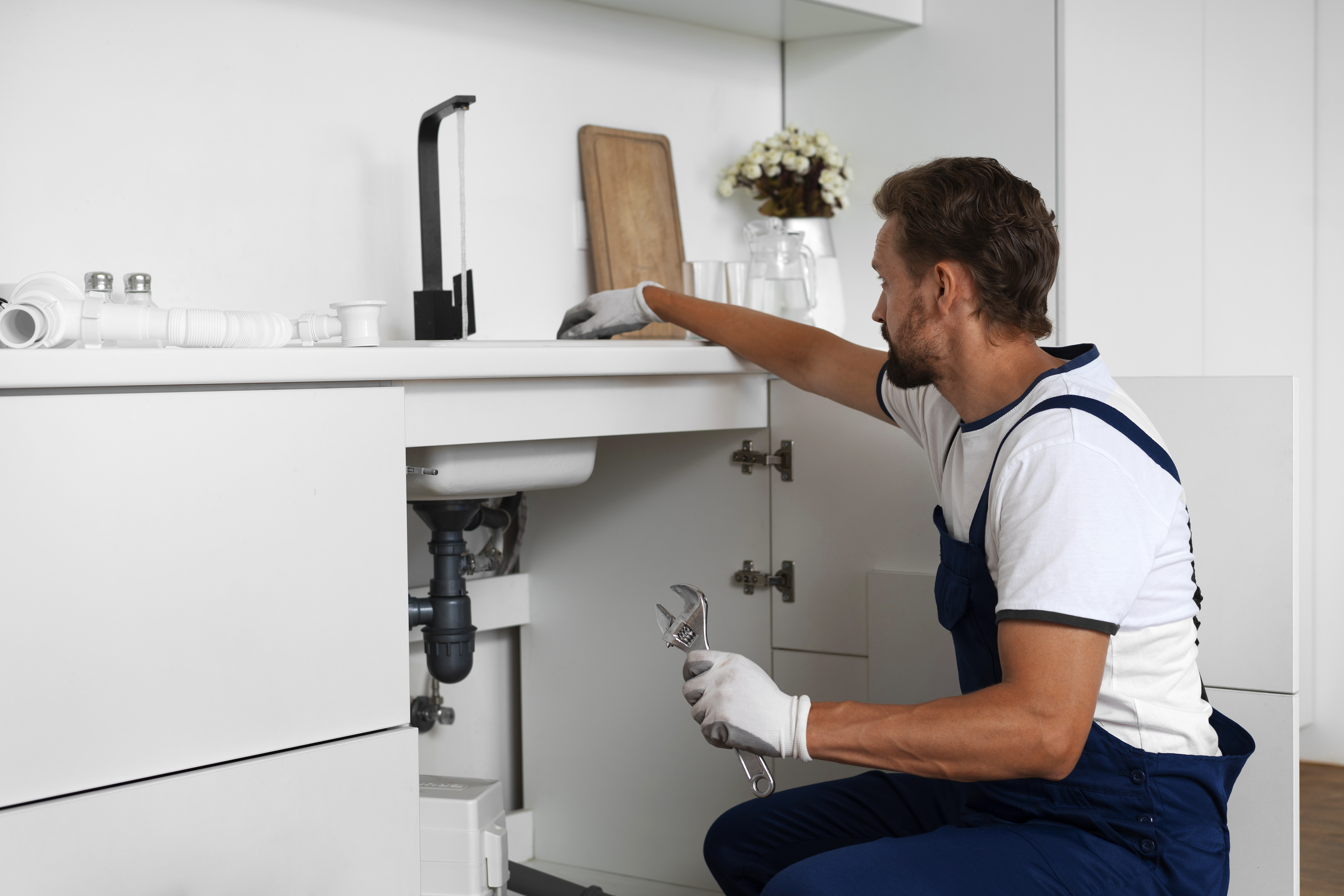Installing a Sink: How to Install a Sink on a Countertop
Installing a Sink: How to Install a Sink on a Countertop
Installing a sink on a countertop is a crucial step in renovating a kitchen or bathroom. Although this task may seem daunting, it is manageable even for DIY enthusiasts with the right procedure and preparation. Installing a sink with a cabinet or a standalone sink on a countertop requires precision and attention to detail to ensure functionality and an aesthetic appearance. In addition to technical skills, it's important to have the right tools and materials to make the entire process easier. Thorough preparation and careful measurements are key to ensuring everything fits properly and preventing future problems.
This article will guide you through the necessary tools and materials, step-by-step instructions, useful tips, and common mistakes to avoid.
Tools and Materials Needed for Sink Installation
For successful sink installation on a cabinet, you will need a drill, which is essential for creating holes for the sink and mounting clips, a screwdriver for securing screws and mounting clips, a caulking gun for applying silicone sealant, and a jigsaw for cutting the hole in the countertop.
As for materials, you will first need the sink itself, a drain kit (including the siphon and other necessary components), a ruler to draw accurate cutting lines, silicone sealant to seal the edge of the sink, plumber's putty to seal joints, and a cloth to clean the work area before applying the sealant. Additionally, it will be helpful to have a pencil to trace the outline of the sink and a measuring tape for precise measurements and markings.

Step-by-Step Guide to Installing a Sink
The first step to successful sink installation is preparation and measurement. First, ensure you have all the necessary tools and materials at hand. Then place the sink upside down on the countertop and check that it is properly centered over the cabinet. Trace the outline of the sink with a pencil to mark where the hole will be cut.
After drawing the cutting line, drill a hole in each corner inside the cutting line. Use a jigsaw to cut along the lines between the holes. Remove the cut-out section and insert the sink into the hole to check if it fits properly.
Next, install the sink accessories, especially the drain kit and faucet. If using a sprayer or garbage disposal, install these accessories now.
Before securing the sink, it is essential to clean the area around the hole to remove dust and debris. Apply a solid bead of silicone sealant around the perimeter. This sealant will act as a gasket to prevent water leaks.
Then carefully lower the sink into place, ensuring not to smear the sealant. Quickly wipe off any excess sealant. If the sealant has already hardened, use a scraper to carefully remove it from the countertop.
The next important step is installing the mounting clips. Insert the clips into the channel, spacing them evenly around the perimeter. Tighten the clips evenly around the perimeter until the sink is securely seated. Avoid over-tightening the screws.
Once the installation of the mounting clips is complete, the final step is to connect the accessories. Connect all the water pipes and install the sprayer and garbage disposal if using. Turn on the water and check for leaks.If recommended by your sink manufacturer, apply a small bead of sealant around the perimeter of the sink on the countertop for extra protection.
Tips for Successful Sink Installation
Accurate Measurements: Always double-check all measurements before drilling or cutting. Mistakes can be costly and time-consuming to fix. Proper measurement is the foundation of a successful installation.
Cleanliness: Thoroughly clean the work area before applying sealant and installing the sink. Dust and debris can prevent the sealant from adhering properly.
Thorough Inspection: After installation, always check all connections and accessories for leaks. Checking before use prevents future problems and repairs.
Using Quality Sealant: Use high-quality silicone sealant to ensure long-term protection against water leaks. Quality sealant prevents seepage and extends the lifespan of your installation.
Common Mistakes in Sink Installation
Some of the most common mistakes include insufficient or poor sealing, which can cause water leakage, incorrect measurement of the opening, which can lead to fitting and stability problems, and also over-tightening the clips, which may damage the sink or countertop. Another frequent mistake is using inappropriate or poor-quality materials (such as sealant), which can shorten the lifespan of the entire installation. Inadequate preparation of the work surface before installation can also lead to issues with fastening and sealing. Always follow the manufacturer's instructions, as ignoring specific guidelines may result in improper installation and loss of warranty. Each manufacturer may have different installation requirements that need to be followed. If you are unsure of how to proceed, it is worth considering the help of a professional, who will ensure a smooth installation with a guarantee of quality results. You can easily find experts who can help you with this on the WeCan platform, quickly and for free.
By following these steps and recommendations, you ensure that your sink installation on the countertop will be successful and reliable in the long term. Be careful, consistent, and proceed step by step according to the instructions. This way, you will achieve results you can be proud of. Careful work and the right tools are the foundation of a successful installation that will serve you for many years.